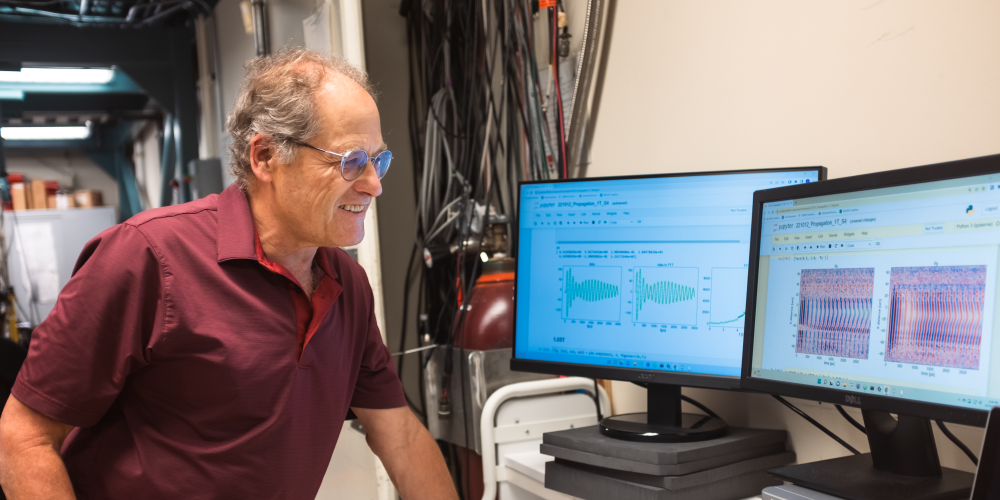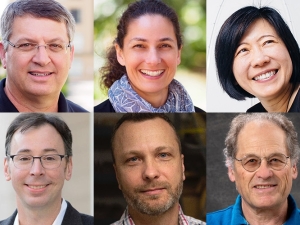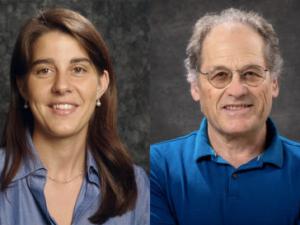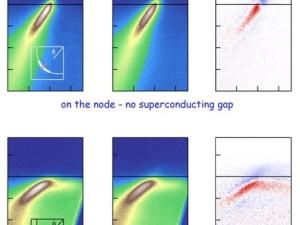

Research Bio
As a condensed matter physicist, Joseph Orenstein studies tiny chips or flakes of rock, almost always grey or black to the naked eye (he has come across the occasional gold or blue one). Although these materials appear to lack the grandeur of galaxies or the intricacies of a living cell, they have a hidden beauty that can be revealed if you look hard enough and with the right tools. Throughout his career he has used laser light to probe the dynamical processes taking place inside condensed matter systems. He has been especially motivated to use ultrashort laser pulses, of duration 100 femtoseconds or less, to track how heat, charge, and electron spin propagate from one location to another. Trying to understand such processes has led his group to develop time-resolved optical spectroscopies in frequencies that range from the very far-infrared to the visible region of the spectrum. His colleagues and he have applied these methods to study spin/charge fractionalized carriers in conducting polymers, the onset of Cooper-pairing in high-temperature superconductors, a persistent spin helix in spin-orbit coupled two-dimensional electron gases, and quantized photocurrents in topological semimetals. Most recently, they are trying to understand the mechanisms whereby spin waves propagate through large distances in antiferromagnets.
Orenstein is a professor in the Department of Physics at UC Berkeley. He is a Fellow of the American Physical Society, a recipient of the APS Isakson Prize, and a member of the National Academy of Sciences.
Research Expertise and Interest
optical properties of quantum materials, magnetism, superconductivity, spin transport
In the News
Six Berkeley Faculty Members Elected to National Academy of Sciences
Searching for quantum weirdness in interactions between light and matter
A new tool to attack the mysteries of high-temperature superconductivity
Using ultrafast lasers, Berkeley Lab scientists have tackled the long-standing mystery of how Cooper pairs form in high-temperature superconductors. With pump and probe pulses spaced just trillionths of a second apart, the researchers used photoemission spectroscopy to map rapid changes in electronic states across the superconducting transition.
Closing in on the Pseudogap
In a three-pronged attack on one of the stubbornest problems in materials sciences, groups from Berkeley Lab, UC Berkeley, SLAC, and Stanford have produced the strongest evidence yet that the mysterious pseudogap, hallmark of high-temperature superconductors, is not a gradual transition to the superconducting phase, as long supposed, but instead is a unique and hitherto unknown phase of matter.




